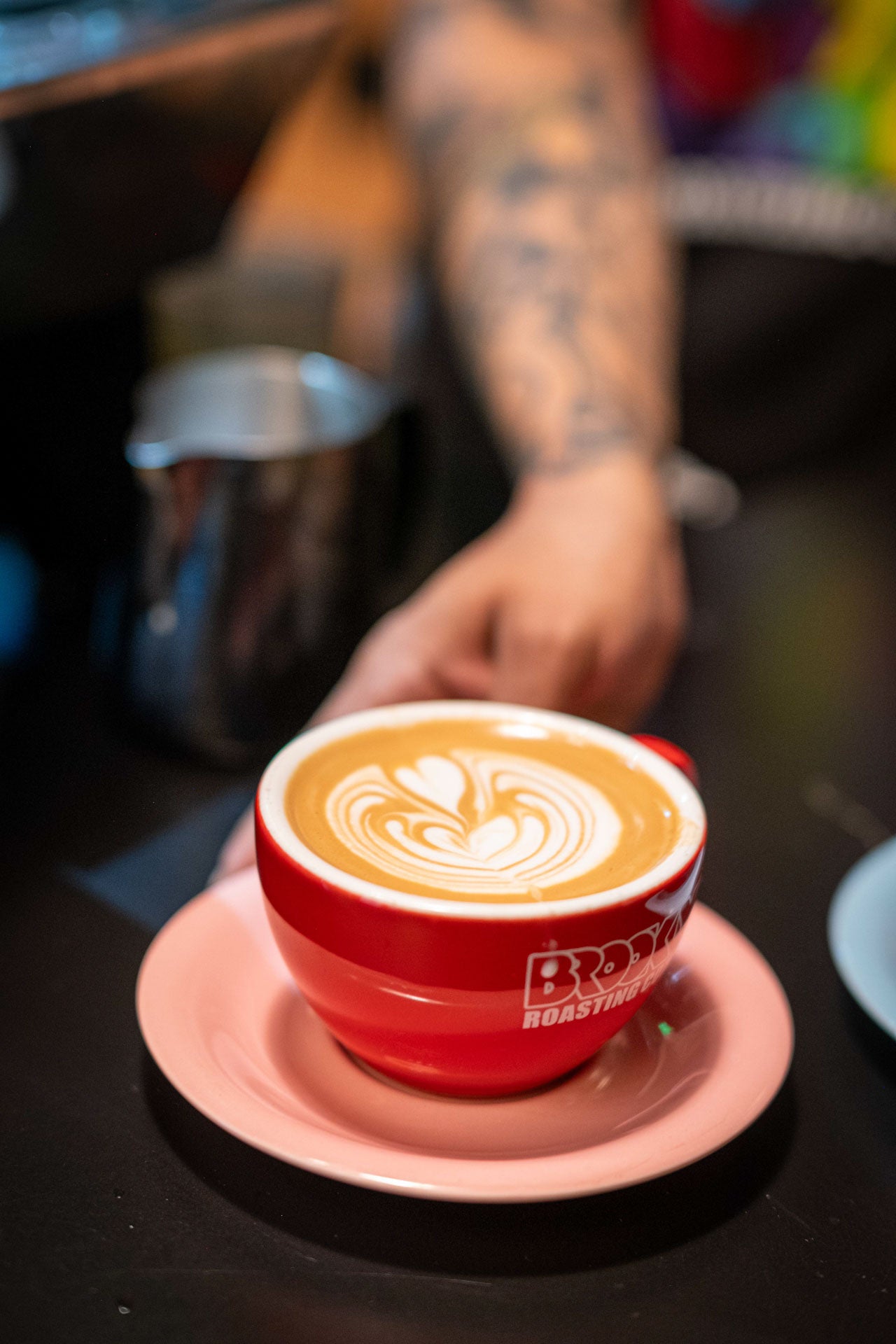BRC's Jim Munson in Sumatra: Cupping with APCO and Tunis Indi co-ops
This was at our second cupping of FT coop coffees in Sumatra and we found the roasts inconsistent. Each coop had roasted their own sample rather than having the newly formed cupping team roast them properly and independently. It turns out the cupping team doesn't own it's own sample roaster. So we suggested this be something the Gayo coffee cooperatives purchase for them to allow buyers to taste coffees roasted consistently.
We've also been asked by the coops what character we wanted in our coffees. I explained that Sumatra, along w Ethiopia, practically defined the basis of the specialty coffee concept in America: Roasters (and consumers) appreciate big-bodied, earthy, chocolatey Sumatran coffees. We look to Ethiopia for bright, fruit laced coffees. These are the two bookends of our business and the basis of many of our most distinctive blends.
I came to understand after visiting the Permata Gayo coop that coffees grown above 1,100 meters typically yield green beans with this earthy, low acid character. Coffees grown below 1,100 meters tend to be fruitier. At Permata Gayo they blend beans from high and low elevations to buyer specifications.
So, as elsewhere in the coffee growing world, higher grown sumatran coffees are more in demand among the pickiest buyers (like us).
We many delicious examples: creamy and boldly aromatic with only a little ribbon of fruit flavor evident.
I raised the question with Al Liu of Atlas Coffee Importers (and a member of our group) of why the best (and even many second tier) Sumatran coffees appear so deep blue-green and translucent. I speculated that the uniquely rich active volcanic soil might be a cause. Al thought it was due to the way the coffee was processed--with it's moisture content lowered in stages, from 40% to 18% and finally to 13% just before shipment.
Our visit has been defined partly by these exchanges. The growers and mills (coops) have learned more about what the market expects them to deliver and we now better understand how assuring that might be possible.

